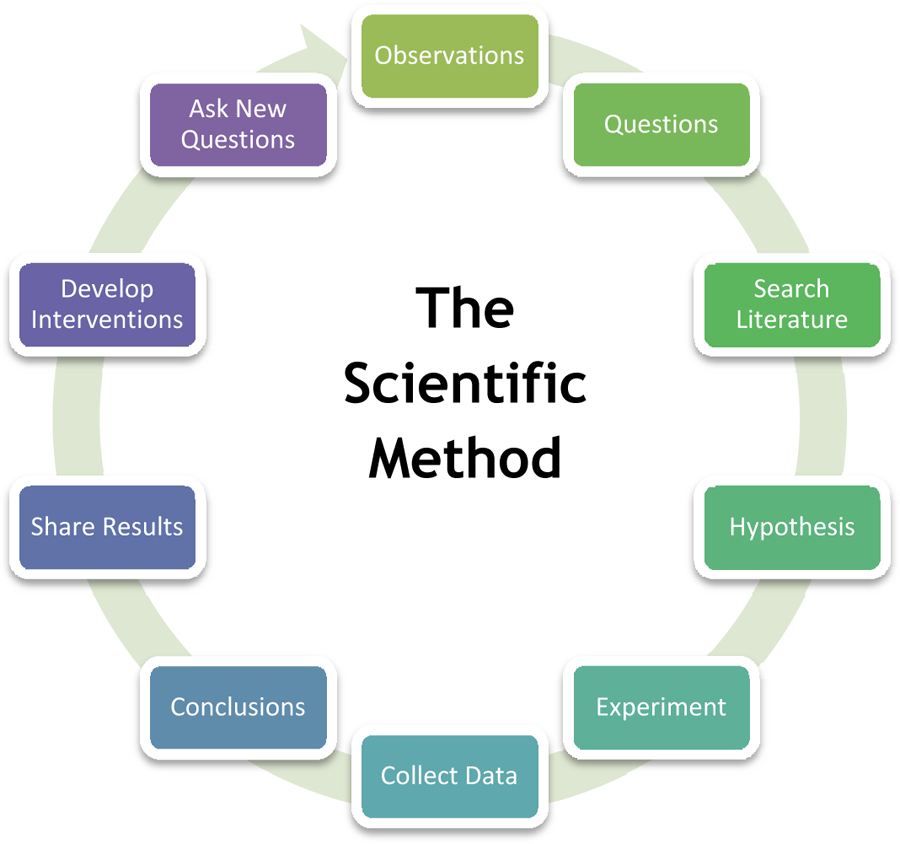What actually is research?
One of the many pitfalls in knowledge as result of the Internet is the watering down of the term “research”.
You can look at the comments of any Facebook post regarding COVID-19, protestors, vaccines, sunscreen, and it’s littered with calls to “do your own research!”
Research has a very specific meaning, and that does not mean “here’s information that backs up what I already believe”.
According to the US Department of Health and Human Services Office of Research Integrity, Research is defined as a systematic investigation (the gathering and analysis of information) designed to develop or contribute to generalized knowledge. Is also says that research is different from other methods of gathering information because it uses a systematic process called the Scientific Method. (source: https://ori.hhs.gov/content/module-1-introduction-what-research )

I am using the sunscreen example as opposed to other topics because I’m hoping it’s less heated and charged, but the method still applies.
A person on a social media outlet left a link to a natural lifestyle blog under a post asking a group for their recommendations about their favorite sunscreen for kids. This post declared that sunscreen is the cause of skin cancer and other underlying health concerns because research is showing that low vitamin D levels complicate the outcomes of other health conditions. The post linked a peer reviewed research study that showed this evidence, but the scope of the study was on adult women ages from 25 to 40. The post was using that study to declare using sunscreen on children was as harmful as smoking. Conversely, a search for melanoma risk factors will quickly turn up accepted evidence that intermittent sunburn in youth is one of the leading risk factors for developing melanoma in adulthood. A response post was made pushing back on the claims in the post, and that familiar cry of “do your own research!” was made.
When looking for medical information, there are several websites that provide access to results of peer reviewed research studies.
The National Center for Biotechnology Information https://www.ncbi.nlm.nih.gov/
PubMed https://pubmed.gov/
Directory of Open Access Journals https://www.doaj.org/
European Medical Journal https://www.emjreviews.com/
This is not an exhaustive list of ways to access solid scientific research, but they provide access to a large amount of information. Also, each of these sources has an extensive research information linked on their home pages to relevant COVID-19 information.
I am not saying that there can’t be good information on natural lifestyle blogs and websites. Many provide sound information, and even access to products that satisfy the desire to remove certain types of ingredients from your food or body care. It’s safe to say that any information published will also have a bias, and there’s nothing wrong with that. But it’s important to understand the context of the information when reading – what are they trying to sell me? What story are they trying to tell?
When doing research on social science or current event topics, it’s important to be sure you’re finding the information from many different sources, including direct and indirect sources.
Direct sources are things like accounts from people who were there, named sources close to the issue, videos of the event. We used to call direct sources as “primary sources”, and indirect sources as “secondary sources” but emphasis has changed on how we name these resources because of the tendency to give more weight to a primary source no matter the context because secondary sources are “secondary”. (They aren’t called secondary because they’re second tier or second place, but secondary as in removed from the actual source.)
It’s better to think of them as direct sources and as indirect sources. Indirect sources are analysis that can bring in more context and background information around the direct source of information. So instead of focusing on the “primary source” as the true source, we can then view the direct source of information through a lens of context. For example, the marketing director for a company embarking on a large national-scaled ad campaign discussing the product should be put in context when considering the source. Did this person leave out undesirable information? Did they manipulate statistics or research findings in a way that is misleading? Is your information coming from the spokesperson for this organization? How might that information be biased? The indirect source can help contextualize and analyze the information presented.
